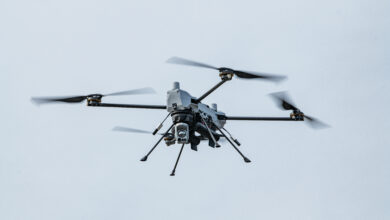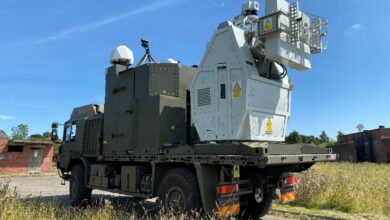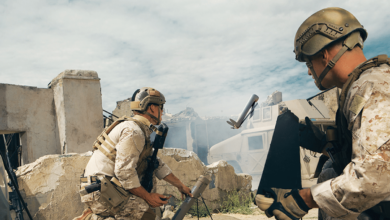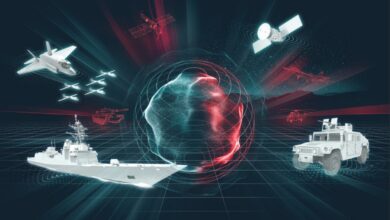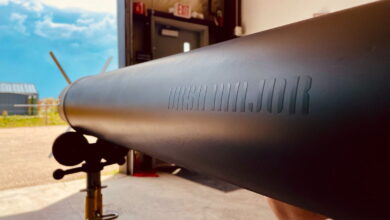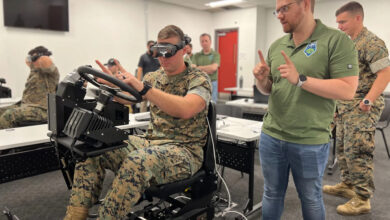Augmented Reality Goggles Let Soldiers ‘See’ Outside Bradley
The US Army’s 1st Armored Brigade Combat Team has tested its new Integrated Visual Augmentation System (IVAS) goggles aboard Bradley fighting vehicles.
The exercise determined the equipment’s capability to provide improved situational awareness from inside an armored vehicle, where visibility of surroundings is limited.
“The goal of platform integration, like the one demonstrated here on the Bradley Infantry Fighting Vehicle, is to not only ensure that soldiers equipped with IVAS don’t lose their enhanced situational awareness while mounted, but to also take advantage of the on-board platform sensors.” Platform Integration lead Maj. Shawn Jones said in a press release.
The IVAS augmented reality system allows soldiers to see what the driver and gunner see outside, utilizing integrated communications, thermals, and night vision features to provide increased situational awareness from within the Bradley.
When soldiers are using the goggles inside the Bradley, IVAS integration lead engineer Don Aldea explained that they have three important features available to them: recharging while on the move, cloning feeds from three vehicle sensors, and identifying friendly forces using the “World View” feature.

‘Better Decision-Making’
Pfc. Benjamin Franke stated that the hi-tech goggles enable troopers to have more eyes on their objectives, keeping them safer on the battlefield.
He explained that soldiers like him are often tasked with inspecting improvised explosive devices on the ground and wearing the IVAS technology will make the mission more straightforward and less dangerous.
“With this integrated technology, they can get map, mission, and intel updates enroute,” Aldea further stated. “They can see what is around them to strategically position the Bradley and then drop the ramp where they are not in direct fire and execute immediately.”
In addition to providing increased safety, the tech allows more informed decisions before dismounting.
“There are no longer gaps in information between mounting, transit and dismounting, which will increase the survivability and lethality for both the platform and the soldiers,” he said.
Last year, the IVAS goggles were tested on aircrews and paratroopers, who received real-time video feeds while flying aboard two Black Hawk helicopters.



